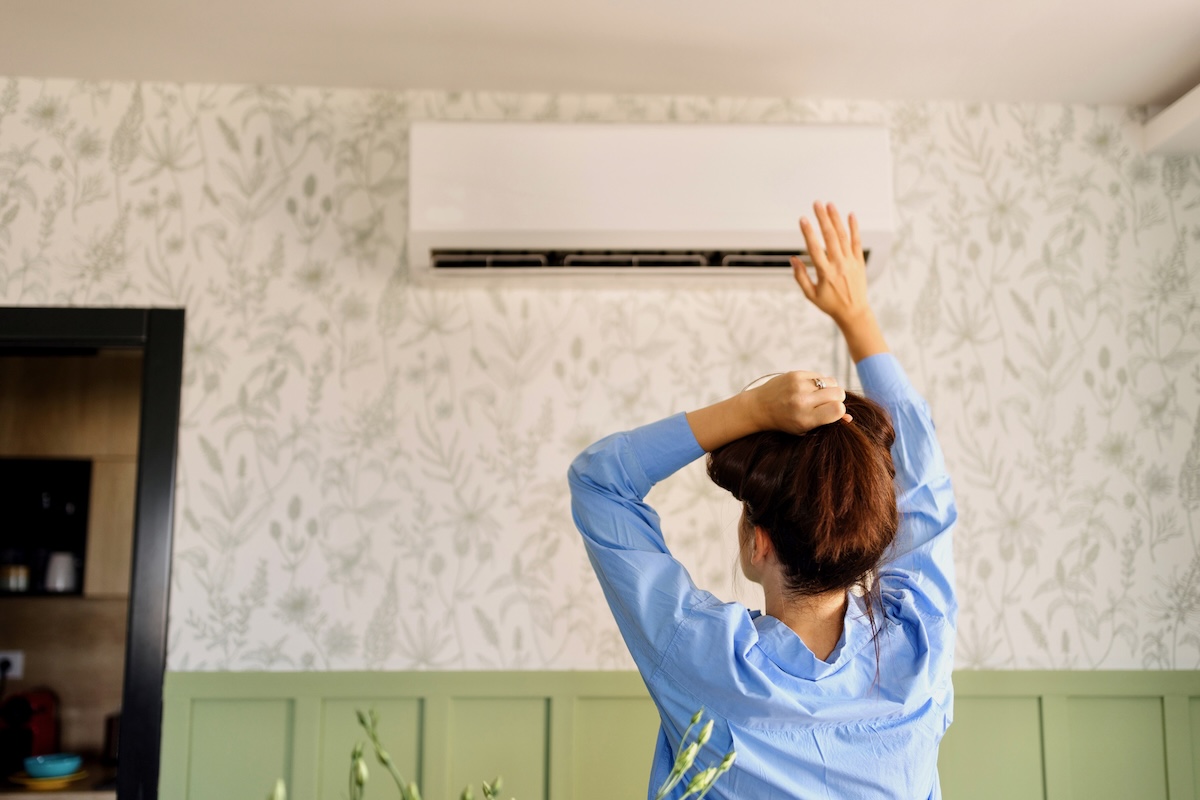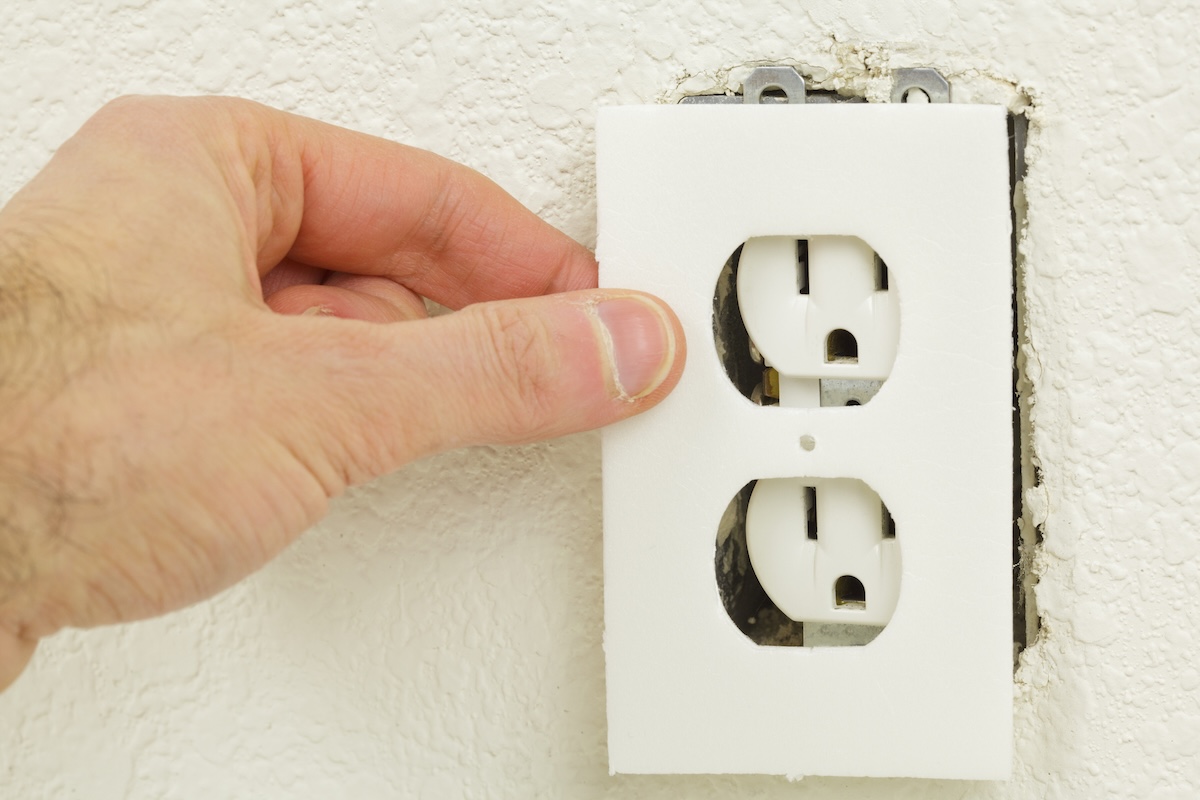

We may earn revenue from the products available on this page and participate in affiliate programs. Learn More ›
With summers getting increasingly hotter and longer each year, your HVAC system has never worked harder to keep your home cool. In a study of 234 cities across the country, Climate Central, an organization that tracks climate change, reports that summers have gotten 2.6 degrees Fahrenheit hotter on average since 1970. These rising temperatures not only increase your electric bill but also put an additional strain on utilities that are already overburdened. One way to combat these climbing temperatures is to improve your home’s insulation. From insulating un-insulated exterior walls, to sealing gaps around windows and doors, to wrapping leaky air ducts, there are many ways to improve your home’s energy efficiency. Ahead are five easy ways you can improve the insulation in your home that don’t involve undergoing a major renovation.
1. Insulate exterior walls.
John Waldorf, vice president of Estes Services, an HVAC company that has served Atlanta for 75 years, says there are options for retrofitting insulation in a wall that doesn’t involve tearing it apart. “One is blown-in insulation, in which small holes are drilled into the wall, the insulation is blown in, and then those little holes are patched up—quick and pretty simple,” says Waldorf. You can also opt for injectable foam insulation, which is pumped into the wall and expands to fill in the open space. “Both are smart ways to boost your home’s insulation without turning it into a big construction project,” Waldorf says.

2. Seal small gaps.
It’s important to think small when insulating your home. “It’s not all about what’s inside the walls,” says Waldorf. “A lot of heat sneaks in (or out) through small cracks and gaps around your home.” Gaps around windows and doors are major culprits. Use weatherstripping to seal where sashes meet on windows and around the door jamb where it contacts the door. Electrical outlets and light switches can all be a source of air leaks in your home that can cause your air conditioner to work harder to cool your home. Purchase silicone wall plate insulation gaskets that fit between the wall and switch plate cover to seal them off.
4. Wrap your air ducts.
Central air conditioning travels through a web of ductwork to reach and cool each room in your home. Along the way, most homes lose between 20 and 40 percent of conditioned air due to holes, cracks, and poor connections in the duct work. Leaks are especially common in ductwork that runs through unconditioned spaces, such as basements, attics, and crawl spaces. One way to reduce that loss is to wrap exposed ductwork in attics, crawl spaces, and basements with foil-faced fiberglass insulation. For best results, use a duct wrap with an R-value of 6 or higher.

5. Insulate basement rim joists.
Basement rim joists, the horizontal pieces of lumber that run around the perimeter of your home’s floor framing, are a very common source of cool air loss in the summer (and heat loss in the winter) because they are rarely insulated or sealed. Fortunately, insulating them is a job you can handle yourself. Cut pieces of rigid foam board that are at least 2 inches thick to fit between each floor joist and against the rim joist. Use foam spray to seal any gaps between the joists and foam board to create a tight seal.
Significant Savings
Sealing a few gaps around windows and doors and adding insulation to walls and rim joists may not seem significant, but it can add up quickly. In fact, the average home can save 15 percent or on heating and cooling costs by taking these measures, Waldorf says. “A lot of the smaller fixes, like weatherstripping and sealing ducts, are affordable and usually pay for themselves pretty quickly,” he says. “Even the bigger upgrades, like blown-in insulation, often make sense in the long run because you’ll save on your energy bills and keep your home more comfortable year-round.”
